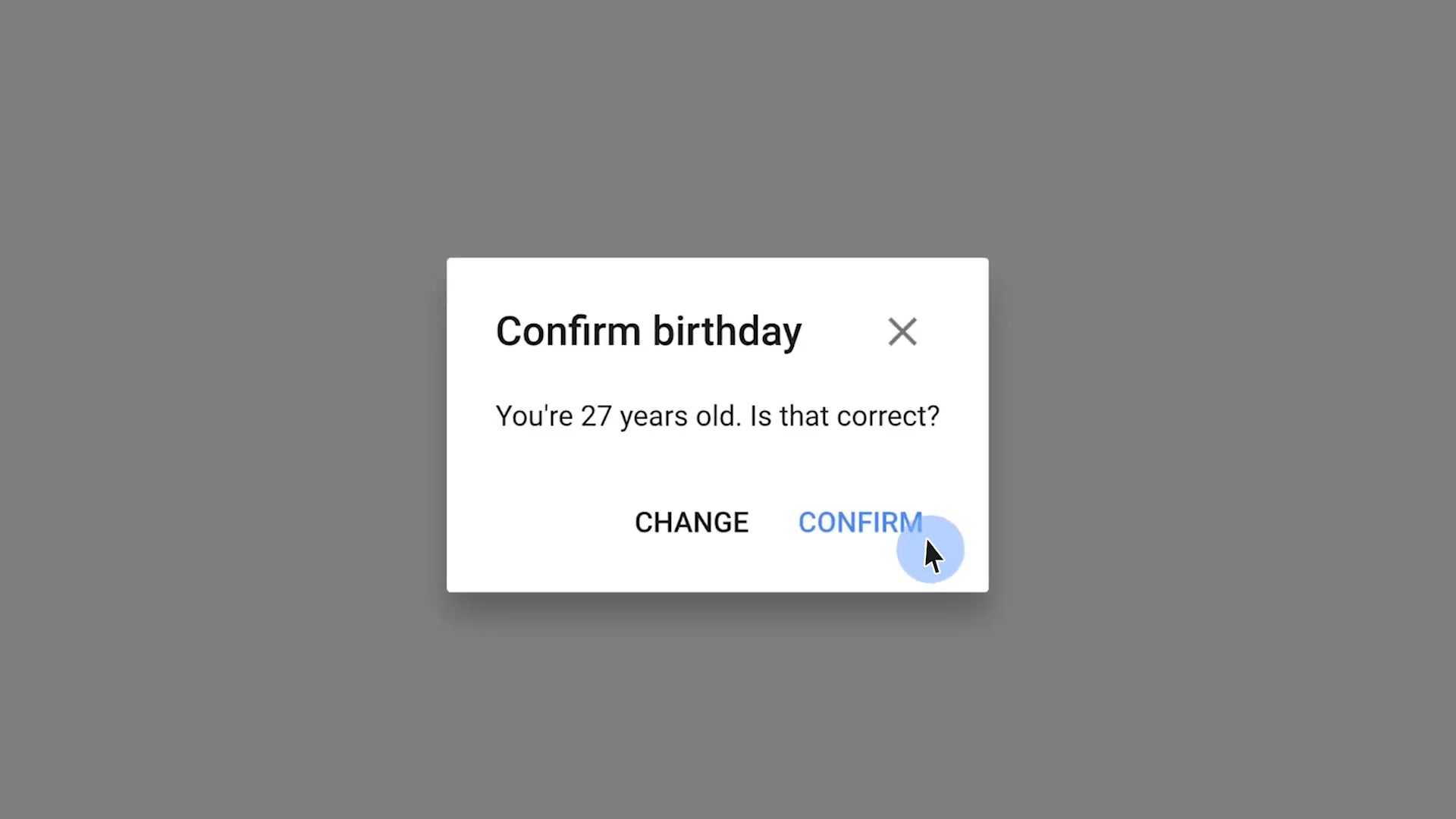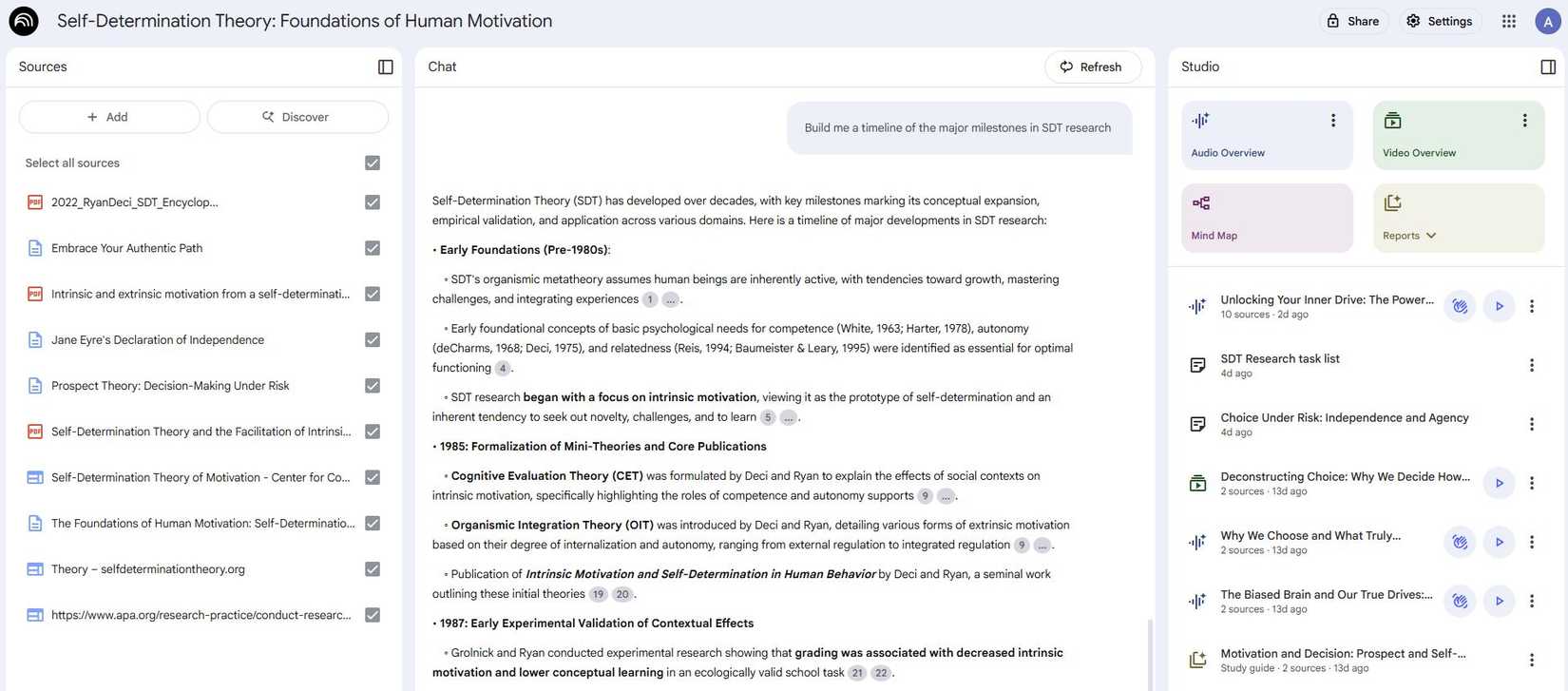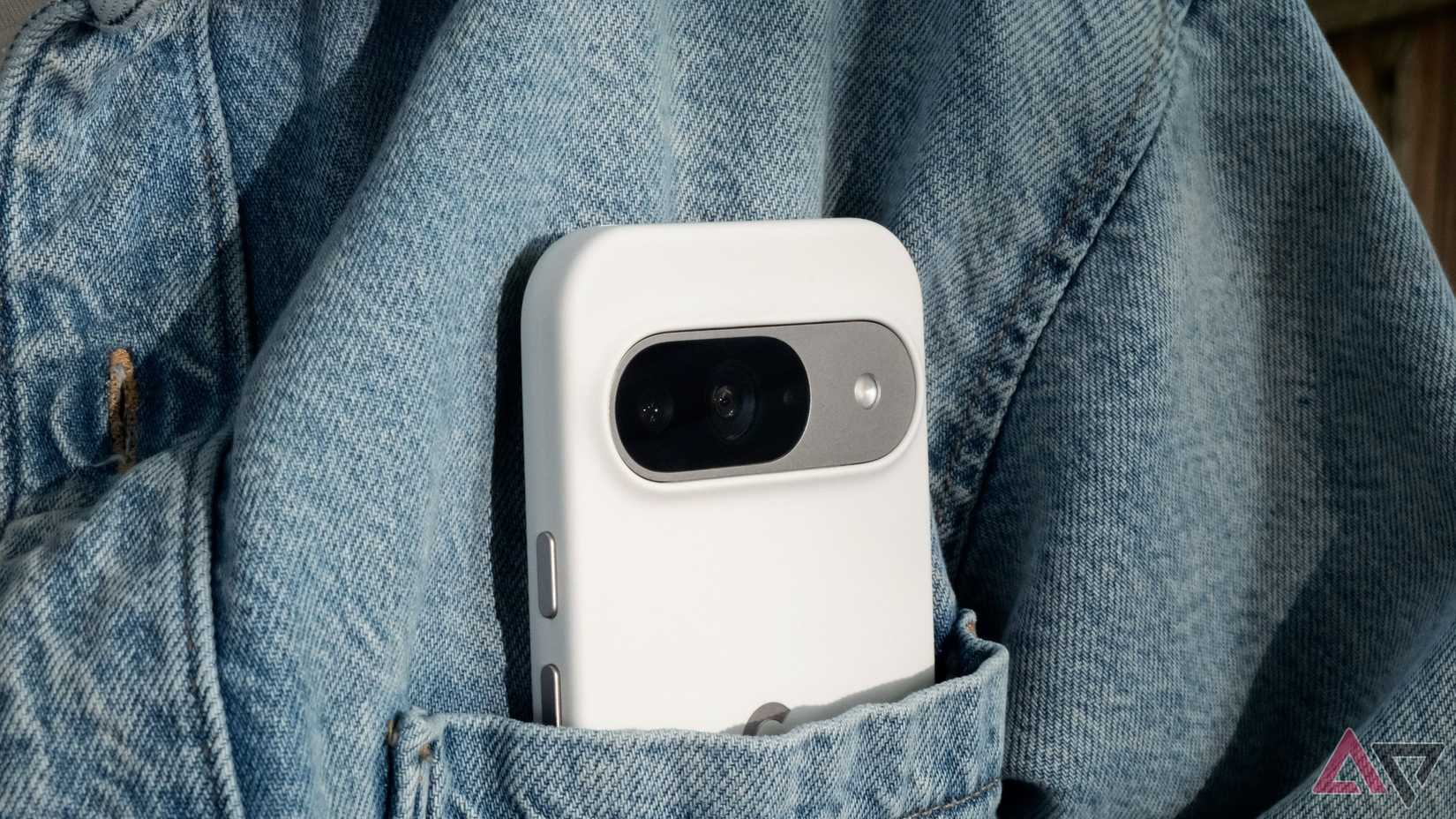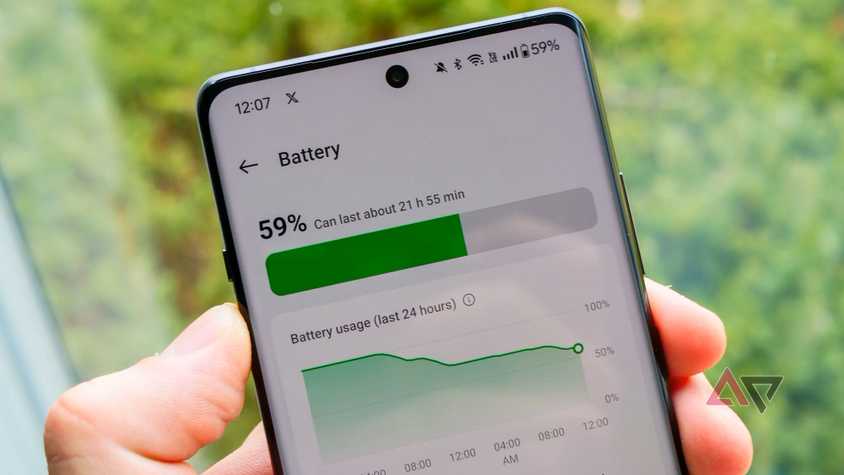Book-style, large folding phones are in trouble. Clamshell foldables are compact, cost less, and make more sense to a greater number of people. Sales figures support the point, and Samsung plans to scale back the number of Galaxy Z Fold devices it stocks this year, reducing production targets by 40%. The hardware is impressive, and folding phones do have benefits, but Samsung is focused on the wrong things.
Even though a vocal minority complains about the specs on the Galaxy Z Fold 6, that’s not the reason the phone hasn’t enjoyed wider adoption. If you’re going to charge a massive premium over traditional slab phones, you better give me something for my money. Folding phones provide more screen real estate, which is excellent, but it’s not worth the almost $1,000 more we pay. If Samsung wants the Galaxy Z Fold 7 to succeed, it needs to shift its approach.
Don’t get wrapped up in specs
We don’t need more from a foldable
When Samsung teased the Galaxy Fold Ultra, it mentioned a bigger screen and better cameras, areas critics have highlighted for years. I understand where the detractors are coming from, but I disagree with them. I’ve always enjoyed photos from my Galaxy Z Fold devices, and after the Galaxy Z Fold 4, the external screen was large enough to type comfortably. Samsung offered a different folding hardware experience, and I liked that the Z Fold series was relatively compact when folded, even if it meant a slightly smaller outer panel compared to the competition.
I’ll never complain about improvements, but I won’t sign off on anything that increases the already wallet-punishing price of the Galaxy Z Fold series.
I hope Samsung keeps the spec increases to the Ultra model, giving enthusiasts a more expensive option if they want it. It would provide critics with something to be happy about, and it would leave the Galaxy Z Fold 7 for the rest of us to enjoy. Rumors suggest that Samsung is making the Fold 7 thinner and lighter, which is fine, but I would have preferred a bigger battery. Samsung needs to stop chasing specs and focus on tangible user improvements if the Galaxy Z Fold 7 is to be a winner. In a way, I’m glad the company will release an Ultra model this year, as it might allow Samsung to be more flexible with the Fold 7 in one key area: pricing.
Folding phones must start getting cheaper
$2,000 is a lot of money to pay
I’ll never complain about improvements, but I won’t sign off on anything that increases the already wallet-punishing price of the Galaxy Z Fold series. I had always hoped that folding phone prices would decrease, but aside from base model clamshell devices like the Motorola Razr 2025, we haven’t seen significant discounts on new, book-style foldables.
Samsung isn’t traditionally known for its exciting sales, even on its non-folding phones. If you miss the preorder bonuses the company offers, you’ll usually pay full price throughout the year or wait for an enticing carrier discount. The Galaxy Z Fold 7 is an opportunity to convince people to give a folding phone a shot.
I didn’t love the Google Pixel Fold at launch, but now that I can pick one up for $500, I’m more likely to try. Samsung needs a foldable that could drop to $1,200 on sale, just low enough to catch people who were on the fence. $2,000 is a high bar for entry, and Samsung isn’t currently presenting a convincing case for why I should spend that much money.
Samsung needs a software overhaul
Convince me to spend more money
Another significant problem with folding phones is that I don’t see the value beyond merely having a larger display. The Galaxy Z Fold 6 isn’t particularly well-suited for watching videos, as the aspect ratio can cause awkward blocking. The only way Samsung can show us the benefits of all that extra screen real estate is by maximizing it.
When Google released Android 12L, I thought the software for folding phones would improve for the better. The dock helped, but more needs to be done. Samsung needs a multitasking overhaul, similar to what OnePlus did with its Open Canvas feature. I want intuitive multitasking that’s fluid, allowing me to seamlessly switch between apps and maintain the desired aspect ratios for each.
iPad OS isn’t a fantastic example, but I would like a similar separation of One UI 7 and another platform from Samsung, designed to focus on large-screen devices.
I still have hope for the Galaxy Z Fold 7
Samsung can make the Galaxy Z Fold 7 a success, but it needs to focus on keeping the price down and improving the user experience to entice us to spend more on a smartphone. Clamshell foldables and upcoming rumored trifolding phones will work best for most people, but if done right, bifolding phones could have a place in people’s pockets.





